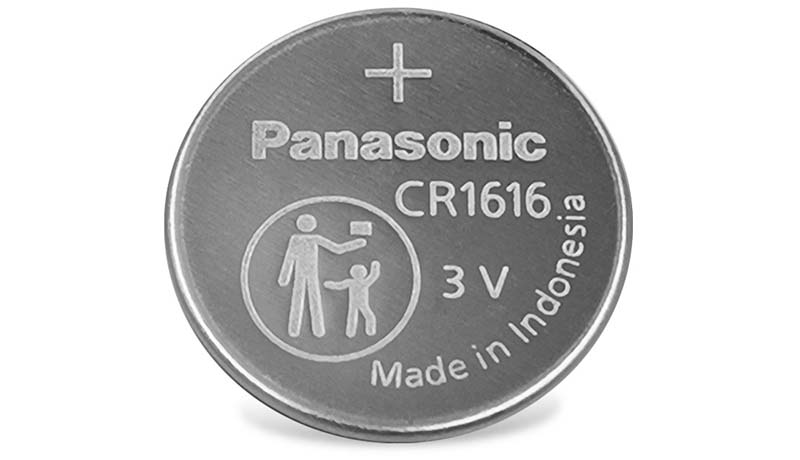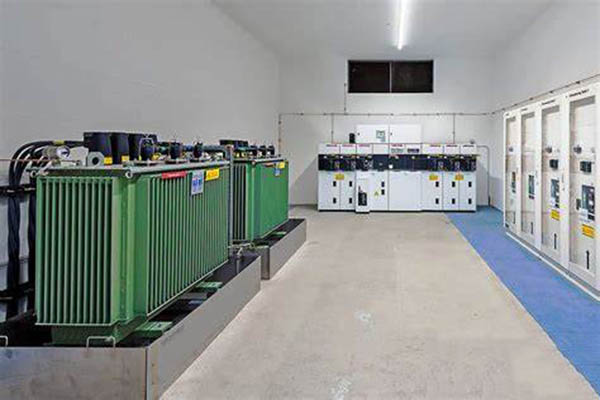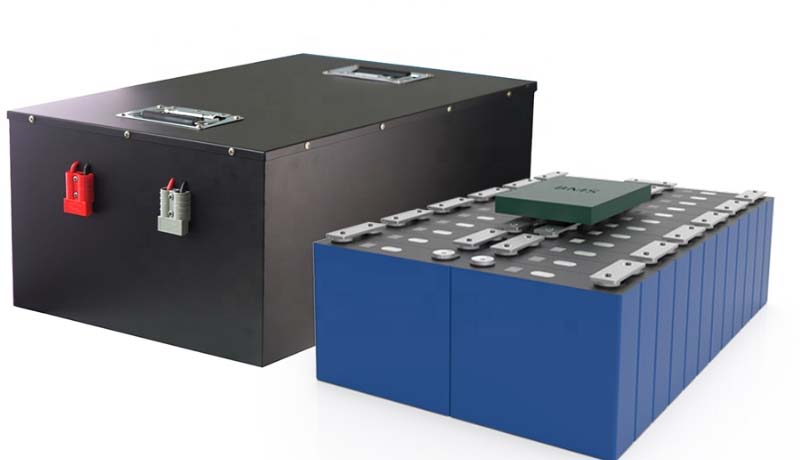Fiber optic temperature sensors are sensing devices that utilize the principle of temperature-induced changes in the spectra absorbed by certain materials. These sensors provide real-time temperature information by analyzing the spectral characteristics of light transmitted through fiber optics. They consist of materials such as fiber optics, spectroscopic analyzers, and transparent crystals and can be categorized as distributed or fiber-optic fluorescence temperature sensors. These sensors are widely used in various industries for their non-contact temperature measurement capabilities.
Working Principle of Fiber Optic Temperature Sensors:
Fiber optic temperature sensors employ a polymer material with a refractive index matching that of fiber optics. This polymer is coated on two fused fiber optic strands, allowing light to be input through one strand and output through the other via reflection. The refractive index of the temperature-sensitive material changes with temperature, resulting in a corresponding change in the output light power. The physical essence of these sensors lies in their ability to sense characteristic parameters of light waves transmitted through the fiber optic, such as amplitude, phase, polarization state, wavelength, and mode. They exhibit sensitivity to external environmental factors like temperature, pressure, and radiation, making them suitable for non-contact temperature measurements.
Overview of High-Frequency Power Supply System:
The power supply system for high-frequency operations consists of several components, including the AC distribution unit, charging module, monitoring module, distribution monitoring, voltage reduction silicon chain, DC feeding unit, and insulation monitoring. The system operates based on the following principles:
Normal AC Input:
When the AC input is normal, one of the two AC inputs is selected through an AC switching control circuit, and the AC distribution unit supplies power to the charging modules. The charging modules convert three-phase AC power into 220V or 110V DC power. The isolated diode inside the charging module isolates the output after conversion, which is then used to charge the batteries and provide the necessary working current for the loads. The monitoring module collects and processes operating parameters from the charging cabinet, feeding cabinet, and charging modules. This information is then transmitted to the monitoring module via a serial communication port and displayed on the LCD screen. The monitoring module allows for system settings and controls through human-machine interaction. Remote monitoring can also be implemented if required. Additionally, the monitoring module ensures proper charging and extends battery life by controlling equalization/float charging and limiting currents.
AC Input Failure or Abnormalities:
During normal float charging operations, if the AC input fails or exhibits abnormalities, the charging modules cease operation, and the batteries power the loads through the silicon chain system. The monitoring module continuously monitors battery voltage and discharge time. The monitoring module triggers an alarm when the battery discharges to a preset under-voltage point. The charging modules recharge the batteries once the AC input is restored to normal.
Overview of Temperature Monitoring System:
Power Monitoring Unit:
The power monitoring unit serves as the control and management center for the entire DC system. Its primary tasks include long-term automatic monitoring of functional units and batteries, acquiring various operational parameters and statuses, processing real-time measurement data and operational statuses, and controlling the system based on this information.
Distributed Power Monitoring:
Using a microprocessor-based architecture, the distributed power monitoring system employs a modular design to comprehensively monitor and control AC distribution, DC feeding, rectifier modules, battery packs, and system branch insulation.
User Interface and Alarming:
The system incorporates a large-screen dot-matrix LCD display with CCFL backlighting for fully localized operation. In addition to displaying routine data measurements and real-time power system statuses, it offers various menus and information prompts. The system can be operated through touch buttons, enabling effective human-machine dialogue. The user interface provides various indications for system operating status, fault types, and fault location through the display screen, signal lights, and audible alarms. This facilitates precise fault localization and simplifies system maintenance.
Battery Management:
Accurate management and strict control of battery voltage and charge/discharge current are crucial for protecting batteries and extending their service life. To achieve this, the monitoring module adjusts the rectifier module’s charging mode and current based on user-defined charging parameters (e.g., voltage protection value, charging current limit, maintenance equalization charging interval, etc.). This ensures precise battery management and maintenance.
Recommended Fiber Optic Sensors for High-Frequency Power Module Temperature Monitoring:
FOT-L-BA Fiber Optic Temperature Sensor:
FOT-L-BA is a high-quality fiber optic temperature sensor that is ideal for measuring temperature in extreme environments such as low temperatures, nuclear environments, microwaves, and high-intensity RF. It combines all the desired characteristics of an ideal sensor, providing high accuracy and reliable temperature measurements even in extreme temperatures and adverse conditions. One key feature of FOT-L-BA is its immunity to electromagnetic interference (EMI) and radio frequency interference (RFI). It is compact in size, equipped with built-in safety devices for hazardous environments, and exhibits high-temperature resistance, corrosion resistance, and superior accuracy.
FOT-L-SD Fiber Optic Temperature Sensor:
FOT-L-SD is another fiber optic temperature sensor highly recommended for temperature monitoring in high-frequency power modules. Similar to FOT-L-BA, FOT-L-SD excels in extreme environmental conditions and delivers accurate and reliable temperature measurements. It is unaffected by EMI and RFI, possesses a small form factor, includes built-in safety features, and exhibits high-temperature resistance and corrosion resistance.
Conclusion:
Fiber optic temperature sensors, such as FOT-L-BA and FOT-L-SD, offer exceptional temperature monitoring capabilities in high-frequency power modules. These sensors provide high accuracy, reliability, and immunity to EMI and RFI, making them suitable for extreme environments. Their compact size, built-in safety features, and high-temperature and corrosion resistance ensure optimal performance in challenging conditions. Incorporating these fiber optic temperature sensors enhances high-frequency power systems’ efficiency, safety, and longevity.




